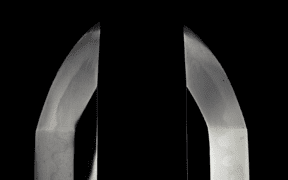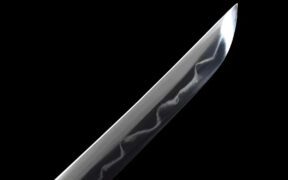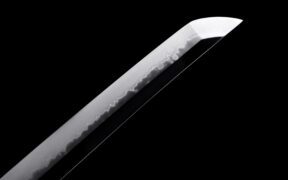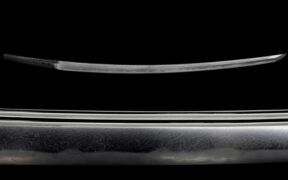What Is Boshi on a Japanese Sword Blade?
NO AI USED This Article has been written and edited by our team with no help of the AI
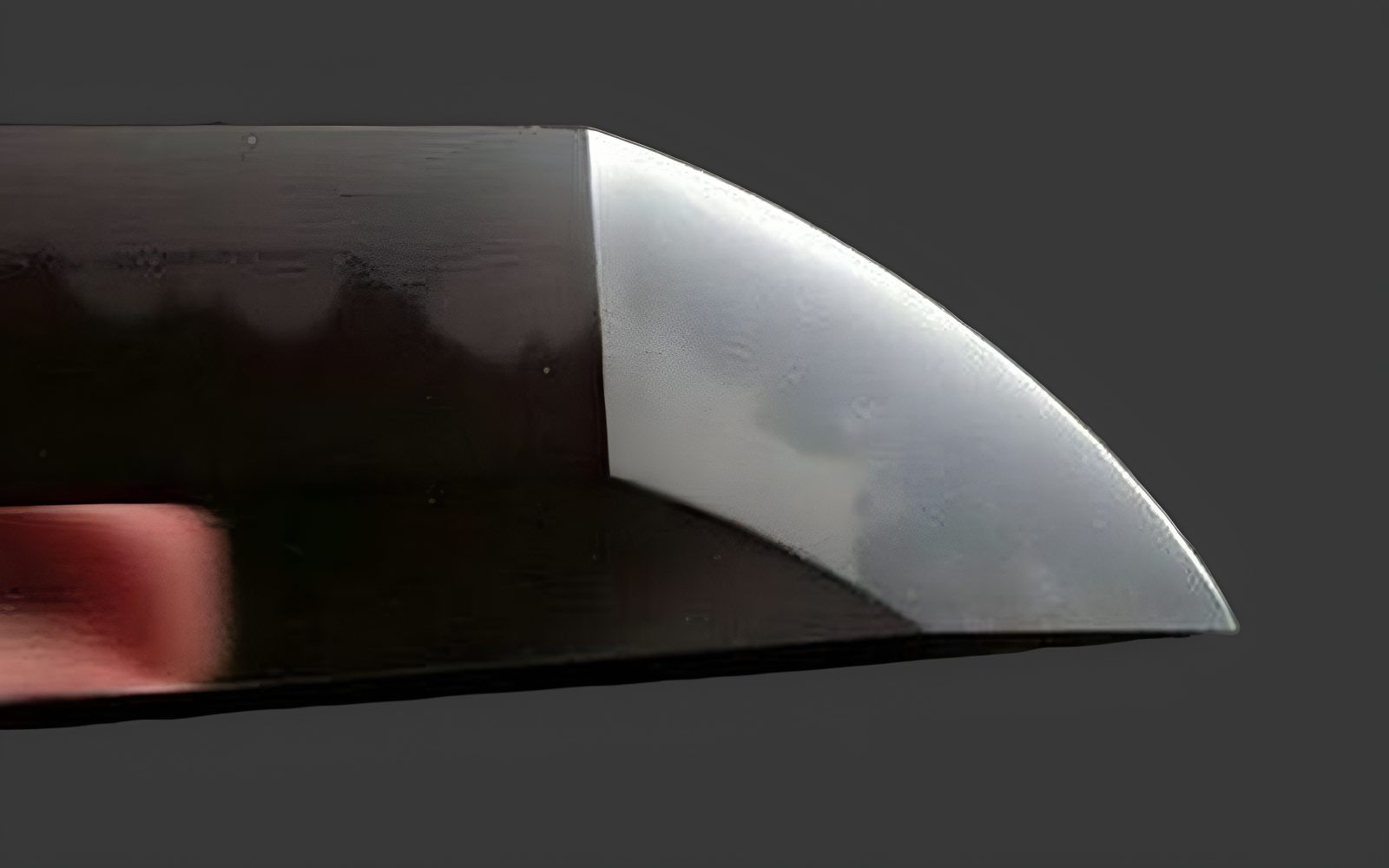
The boshi is the continuation of the hamon, the pattern of the hardened edge, in the point area. Generally, the quality of the boshi reflects the skill of the swordsmith and the overall quality of the blade. It can vary greatly, and a Japanese blade can be attributed to an individual swordsmith and swordmaking tradition based on the boshi.
Let’s explore the distinguishing features of a boshi and how it is examined in Japanese sword appraisal.
What Is Boshi and Why Is It Important?
The hamon, or pattern of the hardened edge, should be present along the entire length of the blade, including the point (kissaki). The hamon on the point area is called boshi (帽子, sometimes written with the character 鋩子), which literally means hat.
The boshi is one of the crucial factors in Japanese sword appraisal and valuation. It serves as a clear indicator of the swordsmith’s skill and the quality and condition of the blade. In fact, the hardening of the point area requires more skill than any other part of the process.
More than that, there are several types of boshi associated with individual swordsmiths and swordmaking schools. Schools even changed their boshi styles in different periods. Therefore, a boshi helps in determining the age, school or tradition, and swordsmith of a blade.
Characteristics and Features of a Boshi
The boshi, the hamon on the point, is crucial in evaluating a Japanese sword, serving as a significant indicator of the overall quality of the blade. Besides sword and dagger blades, a boshi can also be seen on the naginata polearm with its curved, slicing blade.
Here are the characteristics and features of a boshi:
Quality and Appearance
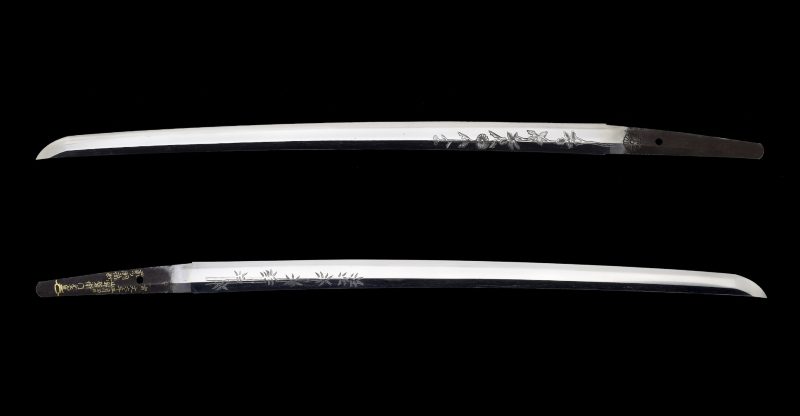
Hardening the point area (kissaki) in a proper way results in a uniform and controlled hamon and a clearly defined turn-back (kaeri). The boshi comes in various shapes and patterns, and ideally, it should be very clear. However, the polish of the point area (kissaki) may affect the visibility of the boshi.
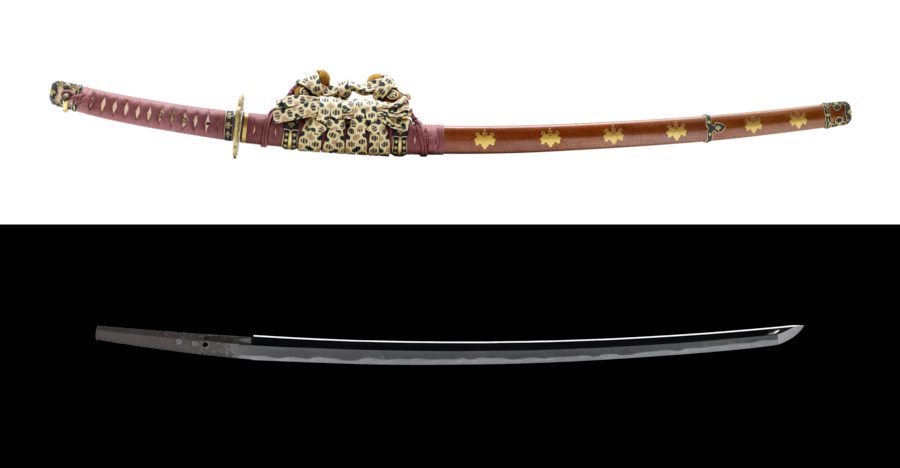
Markus Sesko, an expert in Japanese arms and armor, notes that in polishing, the emphasis is often placed more on the contrasting effect of the point area compared to the rest of the blade than on the visibility of the boshi. In his in-depth discussion, he adds, “In the worst case, you just have a scratchy white surface, which makes it very hard to see the actual hardening.”
Kaeri (Turn-Back)
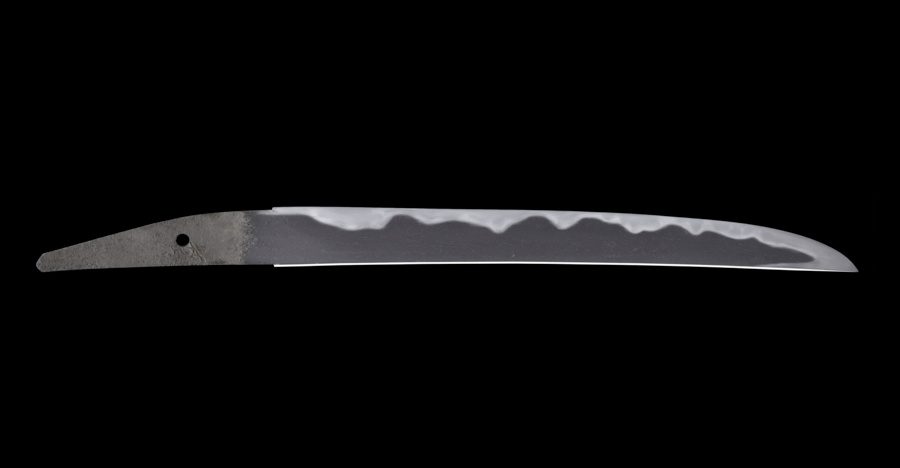
The term kaeri (返り) literally means turn-back. The kaeri is the part of the hamon that extends from the tip of the boshi, where it turns back to the mune (unsharpened back surface). It can be described as straight, irregular, short, or long. A kaeri can also be noticeably pointed, known as togari-kaeri (尖り返り) or togari-boshi (尖り帽子).
In Japanese sword appraisal or attribution, it is examined where exactly the hamon in the point area starts to turn back towards the mune. If the kaeri starts early after the yokote (横手, the line defining the point from the body of the blade), it is called sagari-kaeri (下がり返り). On the contrary, if it starts more towards the very tip of the kissaki, it is called agari-kaeri (上がり返り).
The end of the kaeri is called tome (留め, meaning stop) and is described as gentle or steep. The tome is the point where the hardening reaches the unsharpened back surface (mine).
Interaction of Hamon and Boshi
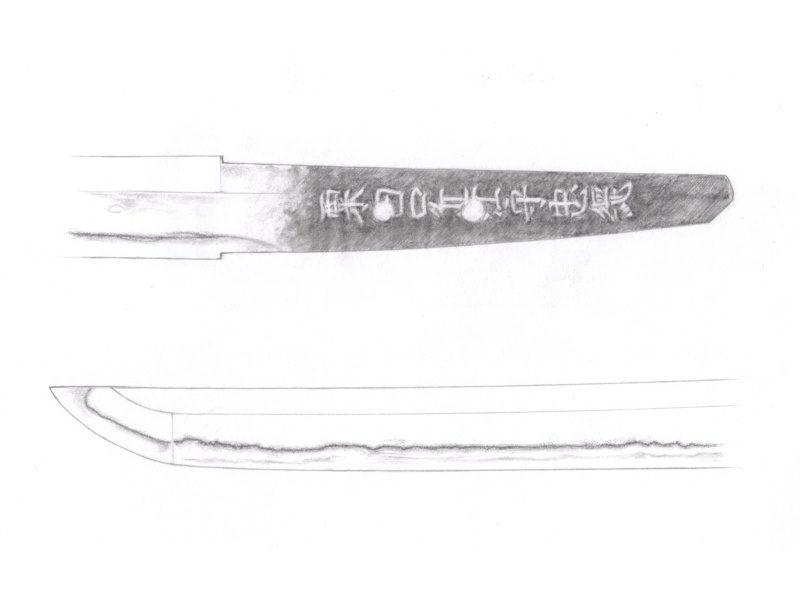
In Japanese sword appraisal, the interaction of the hamon and boshi is examined. A boshi can be a continuation of the hamon. In some cases, the outline of the hardened edge changes with the yokote (a line that sets off the point from the body of the blade).
In the Koto era, from 1000 to 1600, old swords often had nearly identical hamon and boshi patterns. By the Shinto era, from 1600 to 1790, there was an increased appreciation for the artistic features of the sword. As a result, many Shinto-era swords had artistic hamon framed by the yokote and hamachi (notch at the top of the tang where the cutting edge begins).
